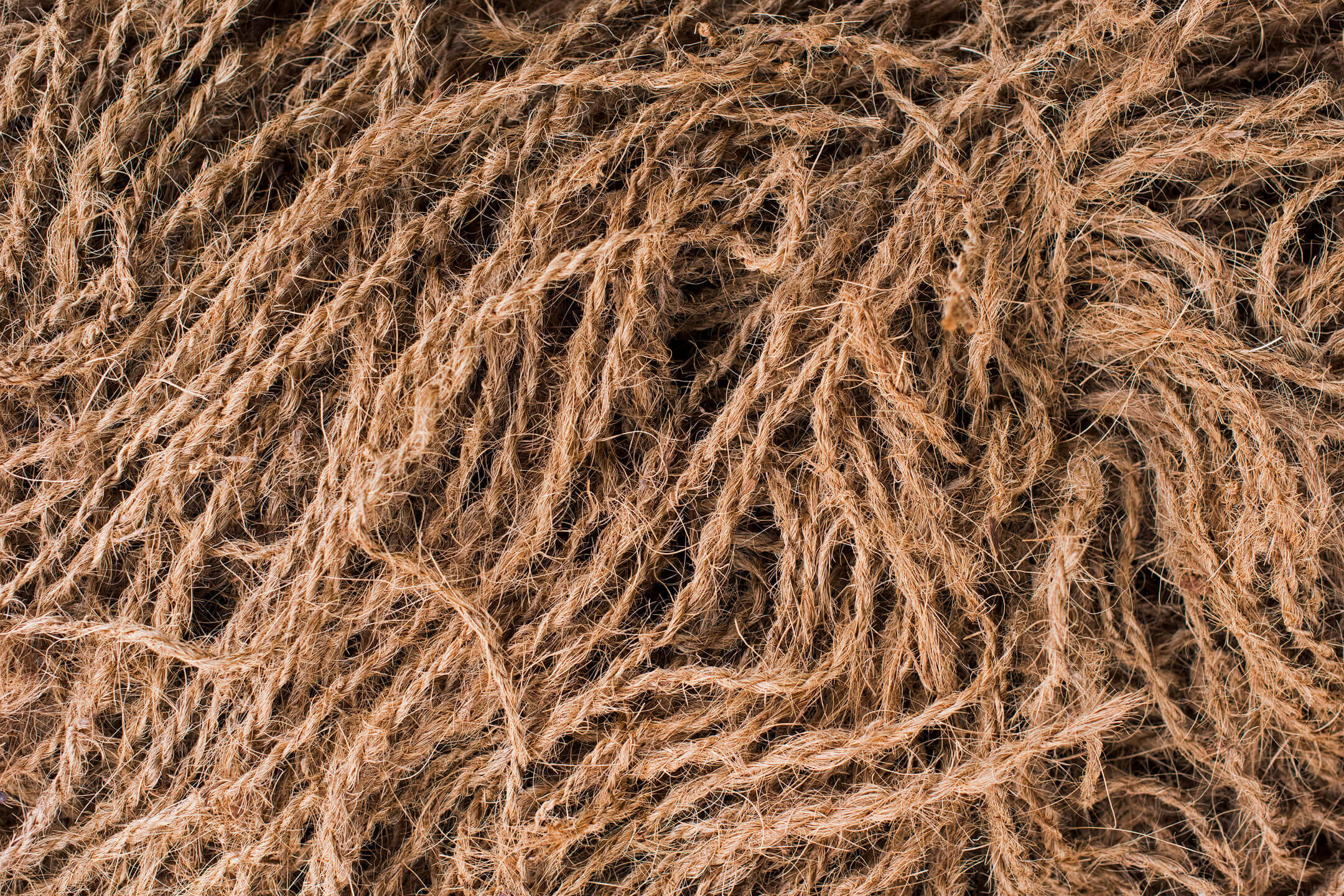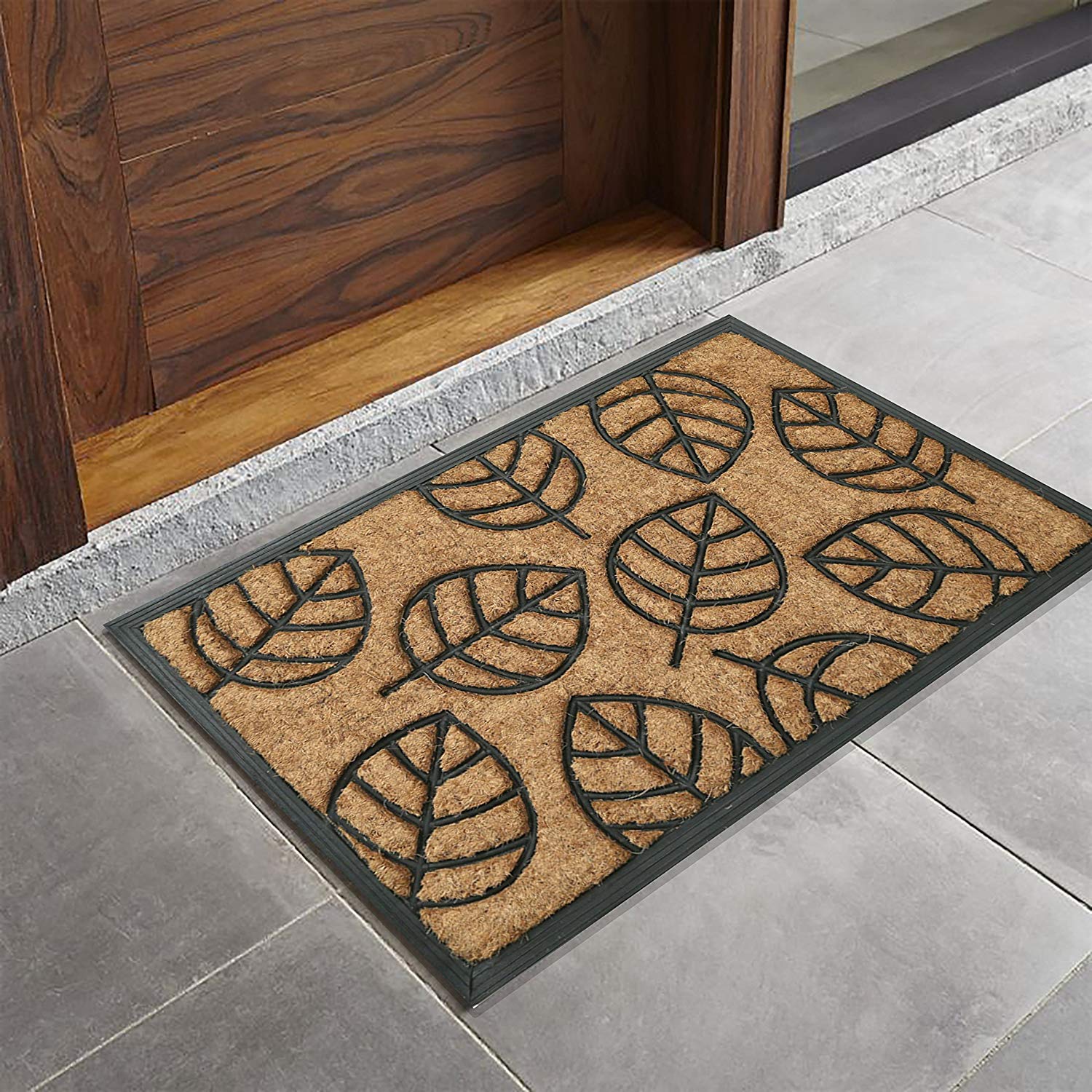Coco peat is known under a variety of names, which include coir pith, coir fibre pith and coir. It is made from dry coconut husks as a byproduct of other industrial processes that require the use of coconuts. For example, one may obtain the raw materials of coco peat from the broom, desiccated coconut and other manufacturing industries. For coco peat to be created, coconuts must be washed, heat-treated, screened and finally graded before being processed into products.
There are several reasons why it is highly valued as a soil additive for various types of plants and gardens. It can be used in seed starting mixes, bedding plants, planters, soil mixes, gardens and container plants. As this substance has a symbiotic relationship with the fungus Trichoderma spp., which protects the coco peat from pathogenic fungi, it is resistant to harmful growths and is therefore a good choice for gardeners. This product can also hold eight to nine times its weight in water, unlike other soil additives that have a much lower capacity and allow more water to percolate through the upper soil where it is needed.
It can also hold oxygen well and releases nutrients regularly; however, it is important that you keep in mind that although this product does provide useful nutrients such as potassium (important for transpiration and other plant processes), it does not release enough. When using it make sure to use other sources of nutrients. Nitrates are one example of this, as coco peat takes up much of the nitrogen present for it own decomposition.
When you buy it, you will find it compressed in containers to make slabs or bales. This is to make transport easier and more efficient. This must then be separated to allow aeration and mixed with water to make it moist enough for it to do its job.



